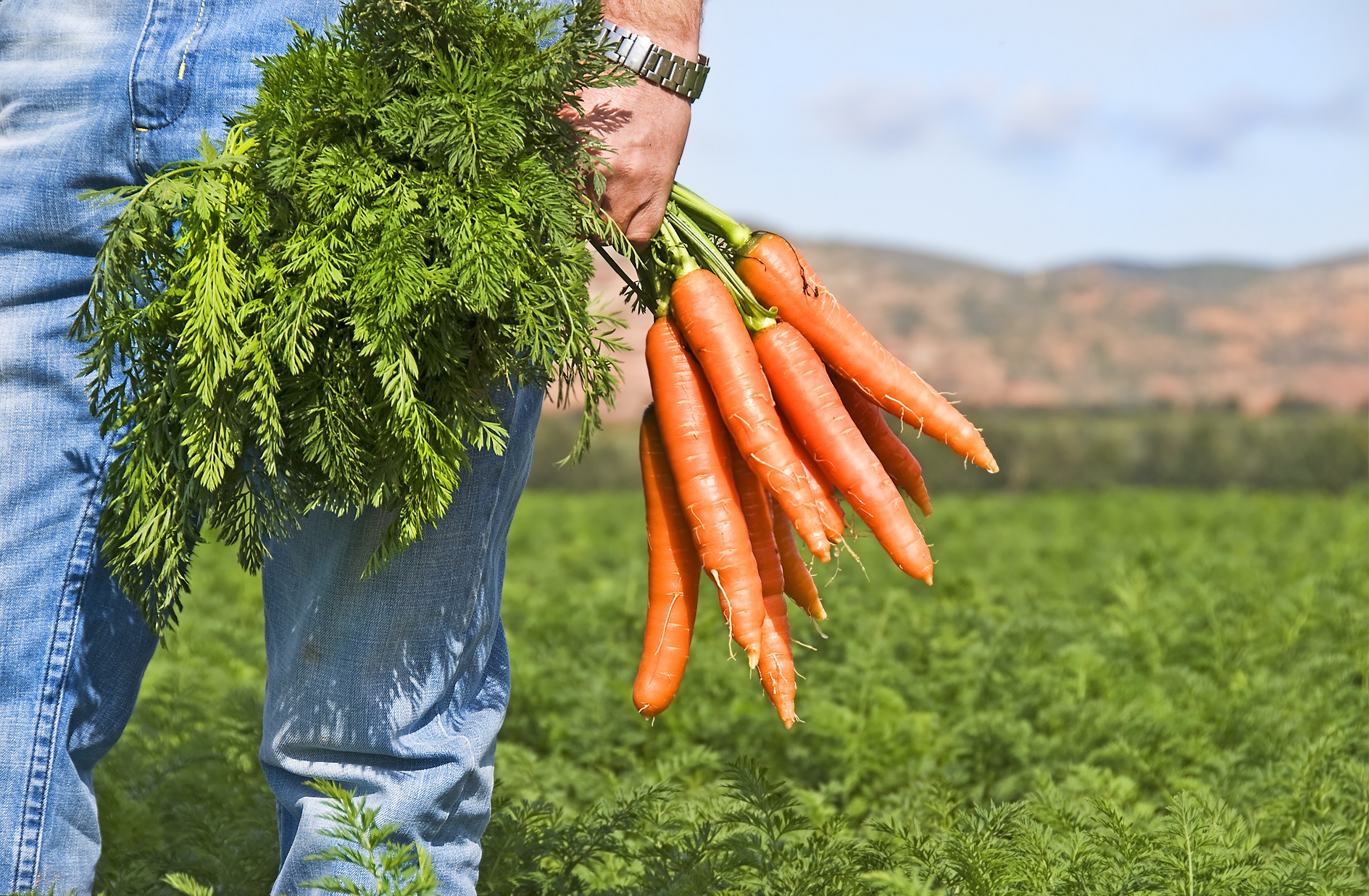
AUSVEG Advocacy update: Focus on harvest labour intensifies
24 May 2021
Sexual harassment in the workplace
24 May 2021Although many growers manage fungicide resistance and background disease pressure through crop rotation, irrigation timing, and removal of infected plant material, the question, ‘when are we getting a new fungicide for this disease?’ is still often raised. In this column, Syngenta Technical Services Lead – Horticulture and Viticulture Dr Brandy Rawnsley reflects on the ongoing pydiflumetofen research and the positive impact it has had on the industry.
Fungicide technology tends to evolve slowly – particularly when compared to the onset of fungicide resistance – and this makes the arrival of new, effective options highly anticipated.
It has been a field of persistent research, especially here at Syngenta. We know and appreciate the challenges that growers face with the onset of devastating diseases, and we’re committed to helping farmers from around the world produce more as arable land becomes increasingly precious.
It’s easy to forget perhaps that Syngenta only launched MIRAVIS in 2018, which marked the first registration of the active ingredient pydiflumetofen. Grape, potato and wheat growers were the first in Australia to benefit from this technology, a new sub-group of succinate dehydrogenase inhibitor (SDHI) that interrupts mitochondrial respiration, shutting down energy production within target pathogens.
Pydiflutofen was widely described as a ‘next generation fungicide’ at launch, due to its unique molecular structure and related properties.
Andy Corran is a leading biochemist from our Jealotts Hill research facility in England. Andy noted that its unique molecular structure gave it intrinsically higher potency against the target enzymes, compared to previously released commercial SDHI fungicides.
“Pydiflumetofen is surprising because it is active on a whole range of different succinate dehydrogenase enzymes,” he said.
Ten years after work began at Jealotts Hill, the arrival of MIRAVIS was particularly welcome in Australia’s grape and potato industries. Powerful in its activity on powdery mildew, many grape growers have since made it their go-to. It was just as well-received in potatoes, where late early blight (Alternaria solani) can rapidly bring about early defoliation of crops and severely limiting yield potential. Growers of grapes and potatoes quickly realised just how valuable this product was, especially with it being rainfast within one hour. This is due to the way it quickly binds to the waxy layer yet moves slowly into the plant for lasting protection.
Branching out
Powered by MIRAVIS, MIRAVIS PRIME now extends the value of this technology into more crops, including lettuce, leafy vegetables and berries. It combines pydiflumetofen (Group 7) with a new mode of action, fludioxinyl (Group 12). This means the product attacks fungi at four stages, in different parts of the plant.
Field biologists with Syngenta here in Australia trialled MIRAVIS PRIME extensively, taking it from the greenhouse into field trials across the country. Armed with extensive data, Syngenta Australia sought registration across numerous crop types. Through this robust review process, growers can now have confidence in its performance when it comes to devastating diseases like sclerotinia (in lettuce and leafy vegetables) and botrytis (in berries). It is also registered for the control of sclerotinia in potatoes.
MIRAVIS PRIME has been a long time coming. Talk to your advisor about making this fungicide part of your disease management strategy, as we look forward to keeping this in the toolbox for years to come.
Find out more
Please visit the Syngenta website.
For more information or to ask a question, please contact your local Syngenta Territory Manager, the Syngenta Advice Line on 1800 067 108, visit syngenta.com.au or email Vegetables Australia: communications@ausveg.com.au. Please note that your questions may be published.
The R&D content for this article has been provided to Vegetables Australia to educate Australian vegetable growers about the most relevant and practical information on crop protection technologies and their on-farm applications.
Cover image: Syngenta Technical Services Lead – Horticulture and Viticulture Dr Brandy Rawnsley.

